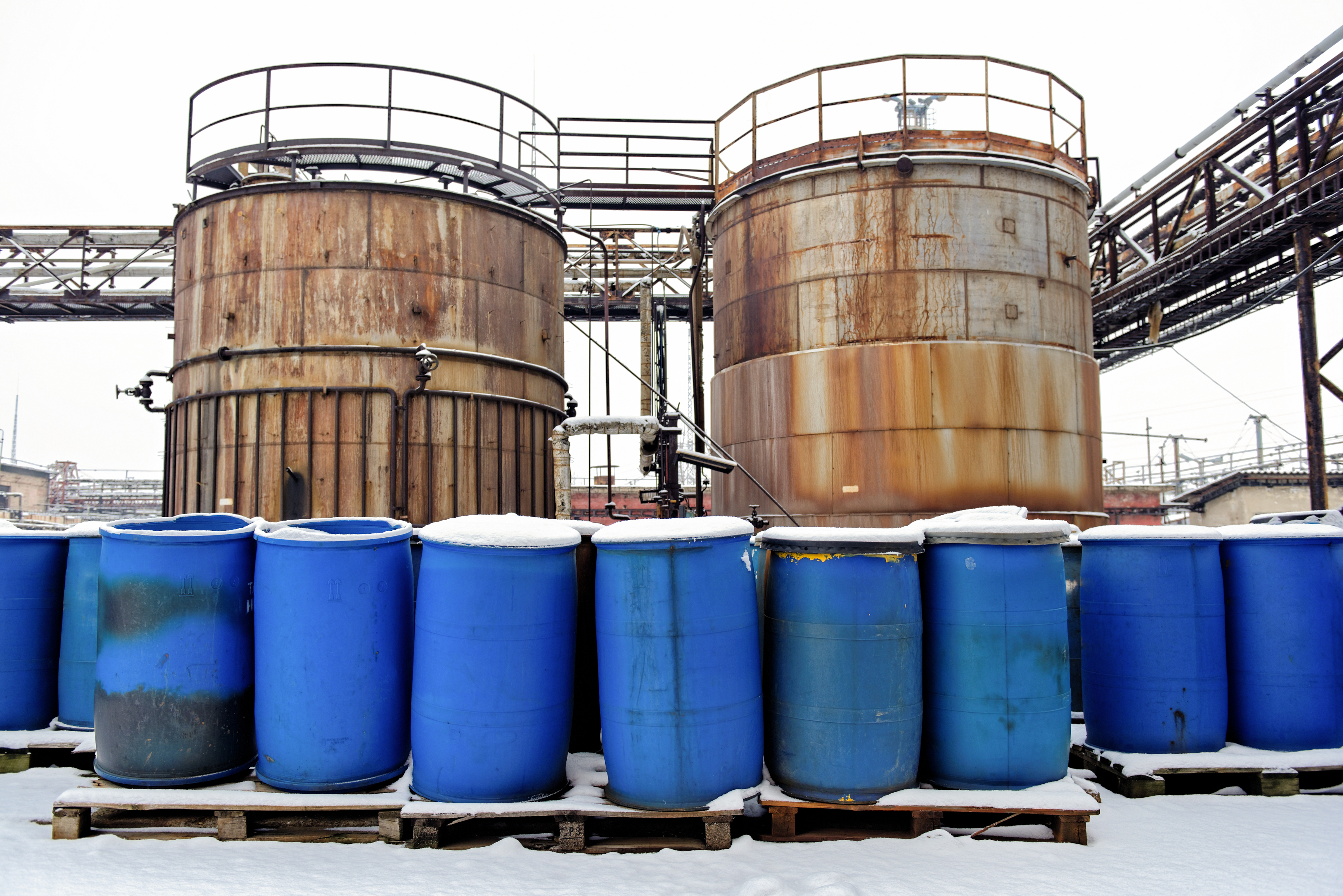 |
TSDF Closure: Know the Basics Before You Begin
The Resource Conservation and Recovery Act (RCRA) regulates the closure of TSDFs under 40 CFR Part 264/265, Subpart G Closure and Post-Closure, with Part 264 regulating permitted facilities and 265 covering interim status facilities. Regardless, both sets of regulations are divided into two sections that are intended to ensure a closed TSDF or hazardous waste unit does not pose a threat to human health or the environment:
1) General Standards, and
2) Technical Standards for specific types of hazardous waste management units.
There are also two different phases of closure:
1) Partial closure which occurs when one or more units are closed but other units remain active, and
2) Final closure of a facility when all hazardous waste management units are closed in compliance with regulations.
And, there are two different types of closure:
1) Clean closure, which generally means closure by removal or decontamination (which, when successful, does not require post-closure), and
2) Closure with waste in place, which does have post-closure requirements.
Meet your OSHA-required 8-, 24-, or 40-hour HAZWOPER training requirements with a DVD that contains 16 customizable PowerPoint presentations and a manual training kit. Get the details.
The timetable for closure is another aspect that must be understood in advance to avoid additional work and the potential for noncompliance. Each step is defined in the regulations and adheres to a strict timeline that begins even before the final shipment of waste is received at the facility.
Permitted facilities must provide prior notification of the commencement of closure to the EPA Regional Administrator at least 60 days prior to the date they expect to begin closure of a surface impoundment, waste pile, land treatment or landfill unit, or final closure of a facility with such a unit as provided in 264.112(d). The date on which closure is expected to begin must be no later than 30 days after the date on which the unit accepts the known final volume of hazardous waste as provided in 264.112(d)(2)(i).
Prior notification for facilities that have only tanks, containers, or incinerators must occur at least 45 days prior to the date they expect to begin final closure, and facilities with waste boilers or industrial furnaces also must submit prior notification at least 45 days before partial or final closure. Interim status units have similar requirements in 265.112(d).
Closure plans for permitted facilities, whether for partial or final closure, must be submitted with the Part B permit application making it an enforceable component of the permit, once approved as detailed in 264.112. Interim status facilities must have a written closure plan on site within six months of the facility becoming subject to 265.112.
Your Search for HAZWOPER Training Is Over—We Guarantee It!
You won’t find a more thorough and effective course related to hazardous waste operations to help meet the employee training requirements of OSHA’s HAZWOPER regulation (29CFR 1910.120) than BLR’s HAZWOPER Training Program. Your training materials include a DVD, a 200+page HAZWOPER training manual with tests, handouts, and an electronic version on CD-ROM! Handy outline tells you exactly what to present and when to meet either the 8-, 24-, or 40-hour requirements.
Additional deadlines are provided for initating and completing closure activities. Permitted facilities must treat, remove from the site, or dispose of all hazardous waste on site within 90 days of receipt of the final hazardous waste shipment as provided in 264.113. Interim facilities have a different set of deadlines that are based on the timing of the latter of two events: 1) receipt of final volume of hazardous waste at the unit, or 2) approval of the closure plan as provided in 265.113(a) and (b). Once begun, however, closure activities must be completed within 180 days of finals receipt of waste or for interim facilities, 180 days from the closure plan approval date, which is later.
The EPA Regional Administrator may grant extensions to the 90 day and 180 day deadlines, provided the facility or unit maintains the ability to accept hazardous or nonhazardous waste. In addition, specific criteria defined in 264/265.113(d) and (e) may allow certain facilities (landfills, surface impoundments and land treatment units) to delay closure and continue receiving nonhazardous waste following receipt of the final shipment of hazardous waste. Such facilities will remain subject to all applicable Subtitle C requirements and ensure that co-disposal of hazardous and hazardous waste will not endanger human health or the environment.
